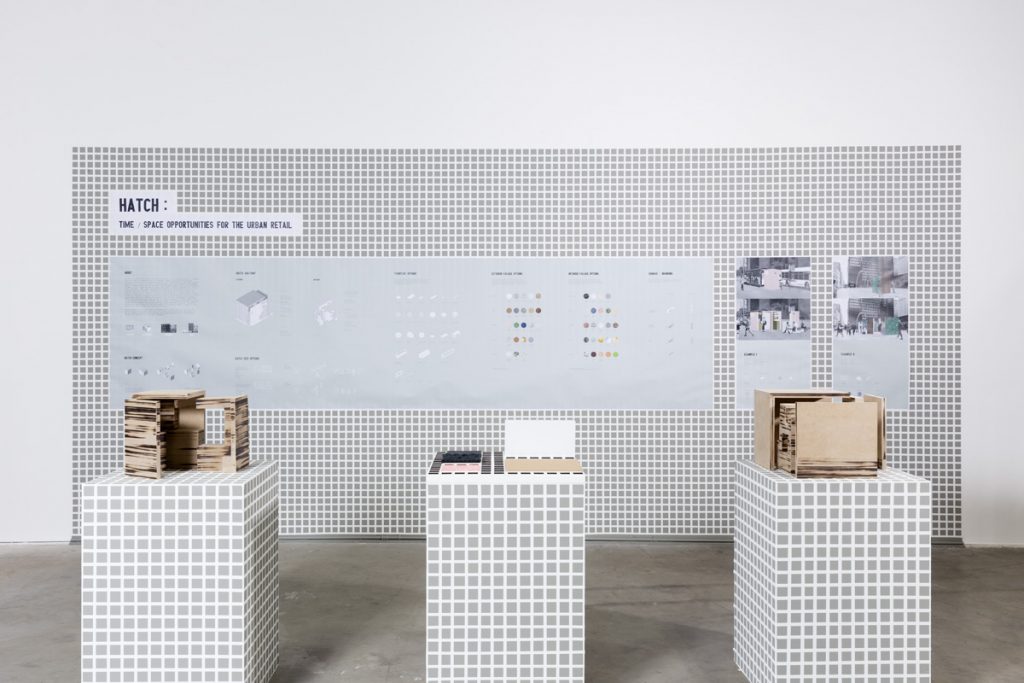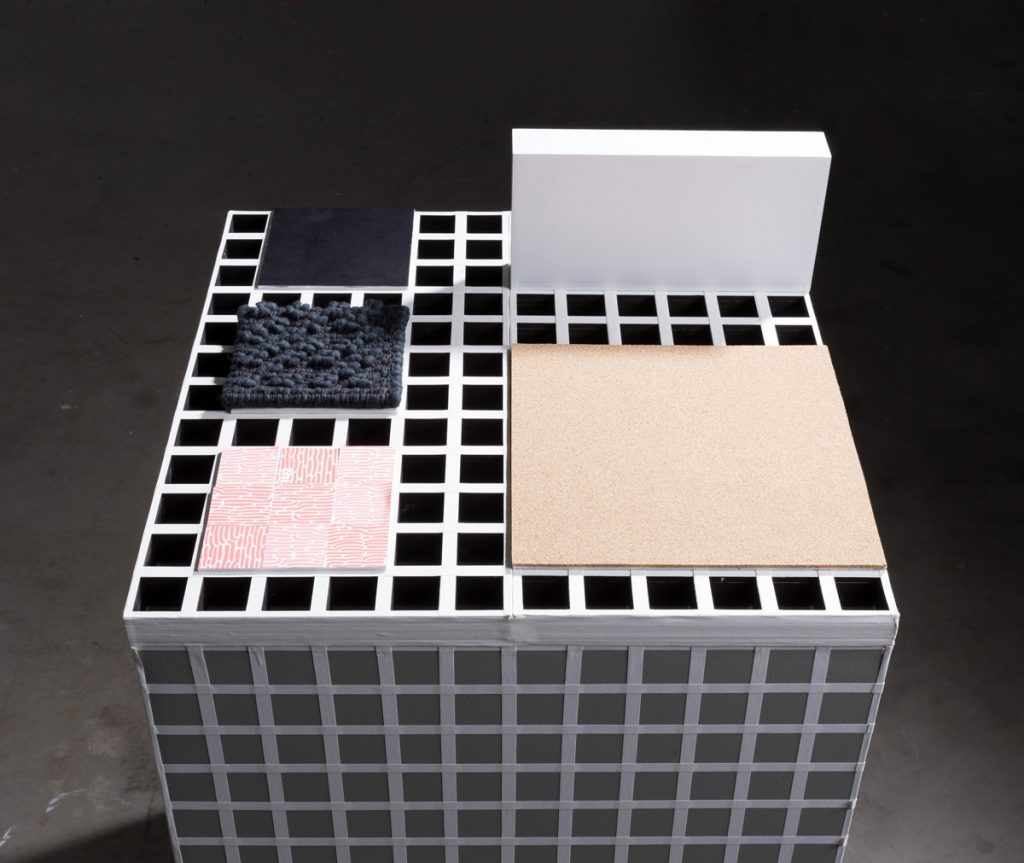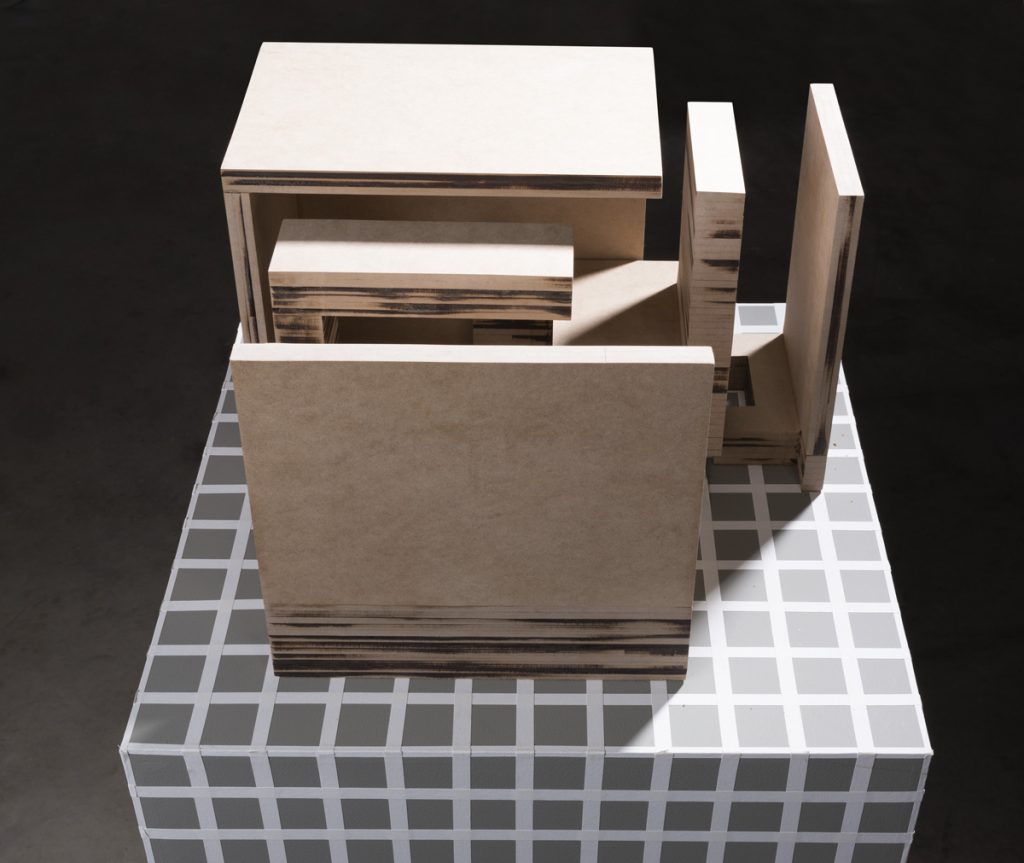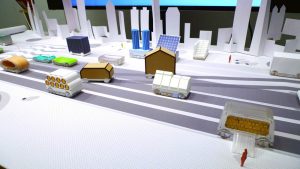The rise in homogeneous brand identities have shaped retail architecture as a standard tool for effective communication to consumers. Brands continuously reconfigure strategies through this channel to sync with contemporary culture, adopting new methodologies to reach clientele. E-commerce retailing, which caters to the current shift in consumer behavior, has become a revolutionary channel in todays consumption culture. It has allowed businesses, small and large, to reach consumers on a global scale. Small brick-and-mortar businesses use online-retailing as an alternative to the economical pressures of operating a physical retail space, by limiting their physical presence or completely transferring their businesses to the online platform. On the contrary, successful brands who have established their business exclusively through e-commerce are now opening up limited physical retail spaces in dense urban areas as a competitive strategy to satisfy the contemporary consumers’ demand for experience consumption. This recent approach in retailing has led to the phenomena of temporary physical retail spaces, also known as Pop-up retail.
Once an innovative approach for start-ups and small retailers to stay competitive, the pop-up’s adoption amongst the giants has made it harder for small scale businesses to stay competitive. This thesis reexamines the pop-up retail by critiquing its homogenous application and finding new ways for small businesses to reclaim it through alternative strategies on the street.















